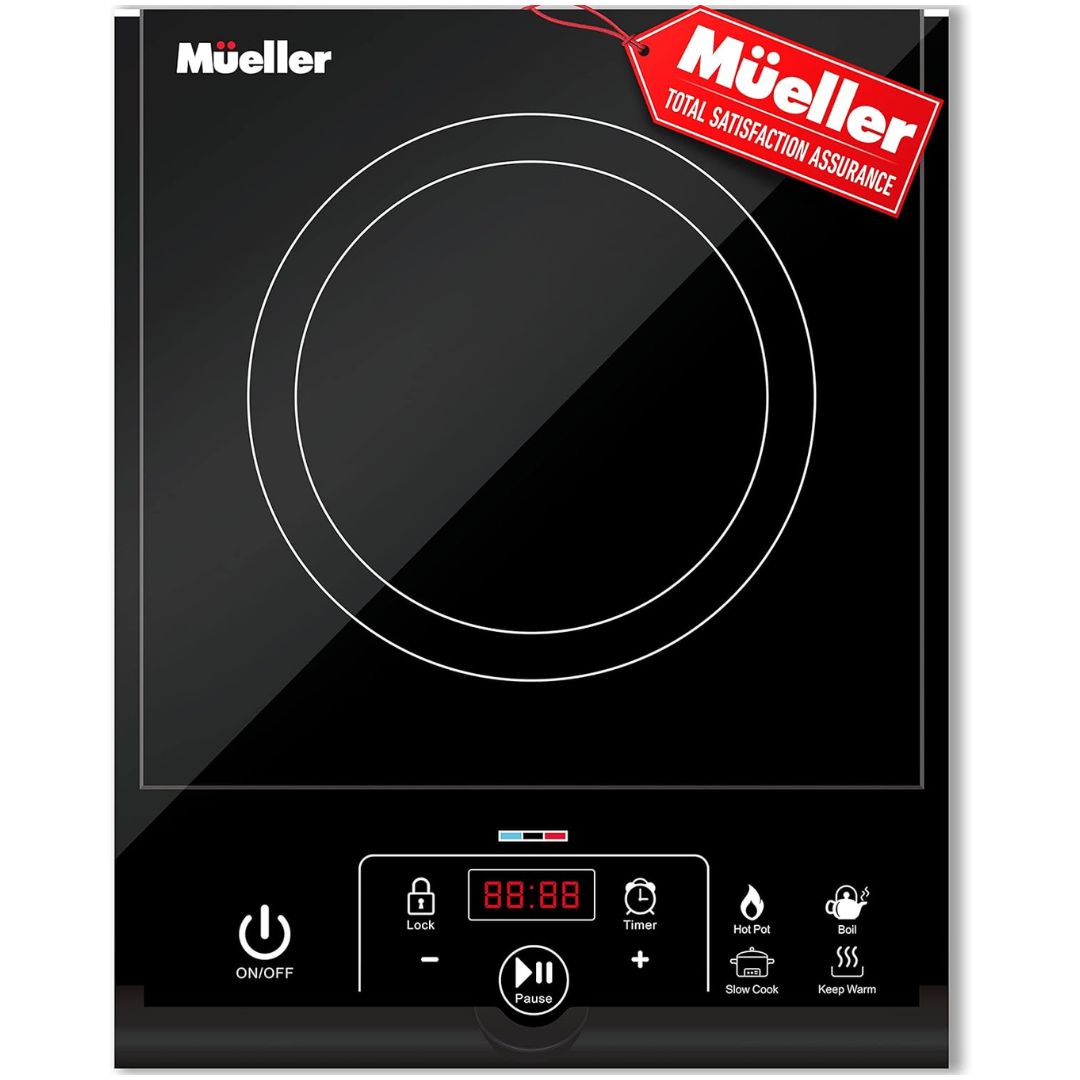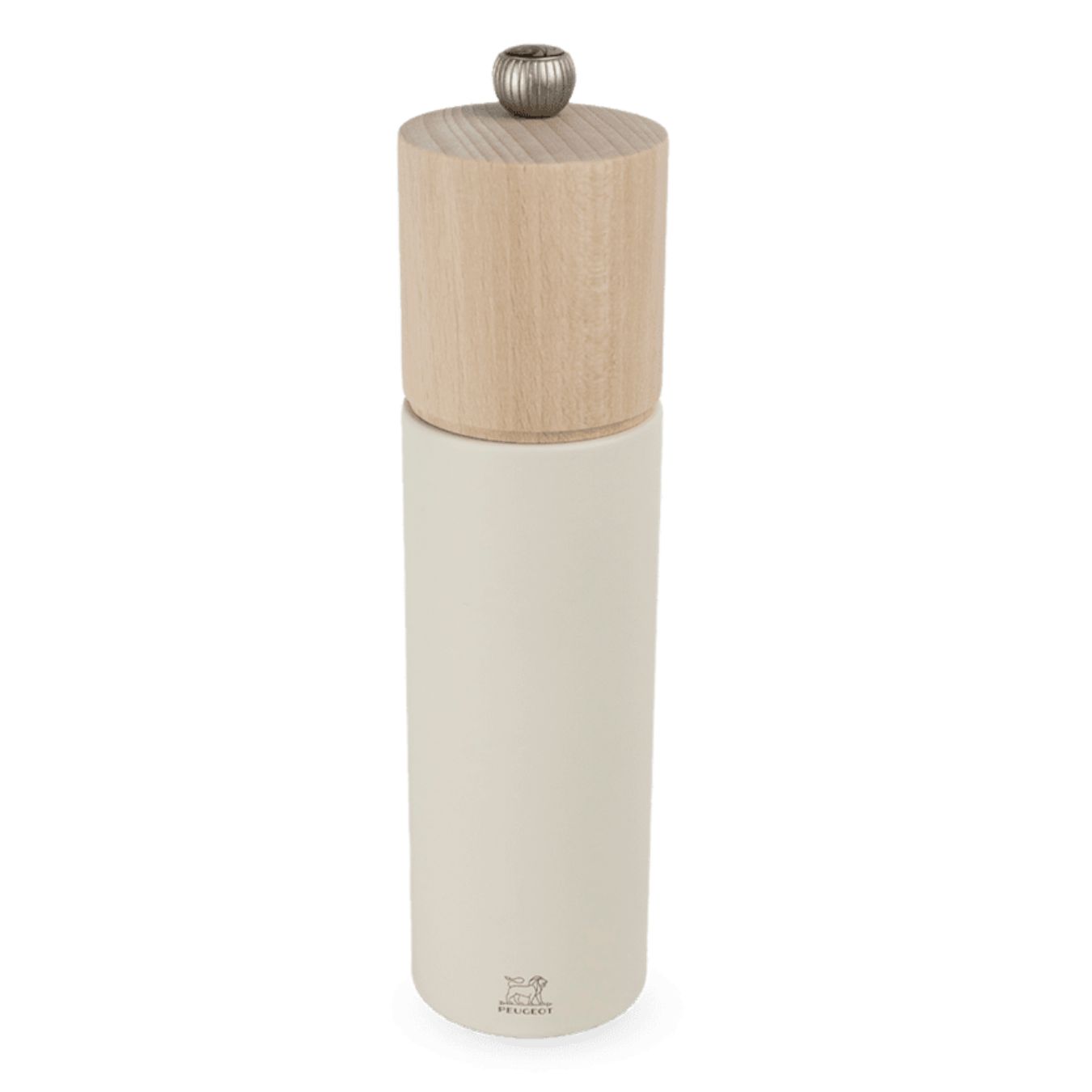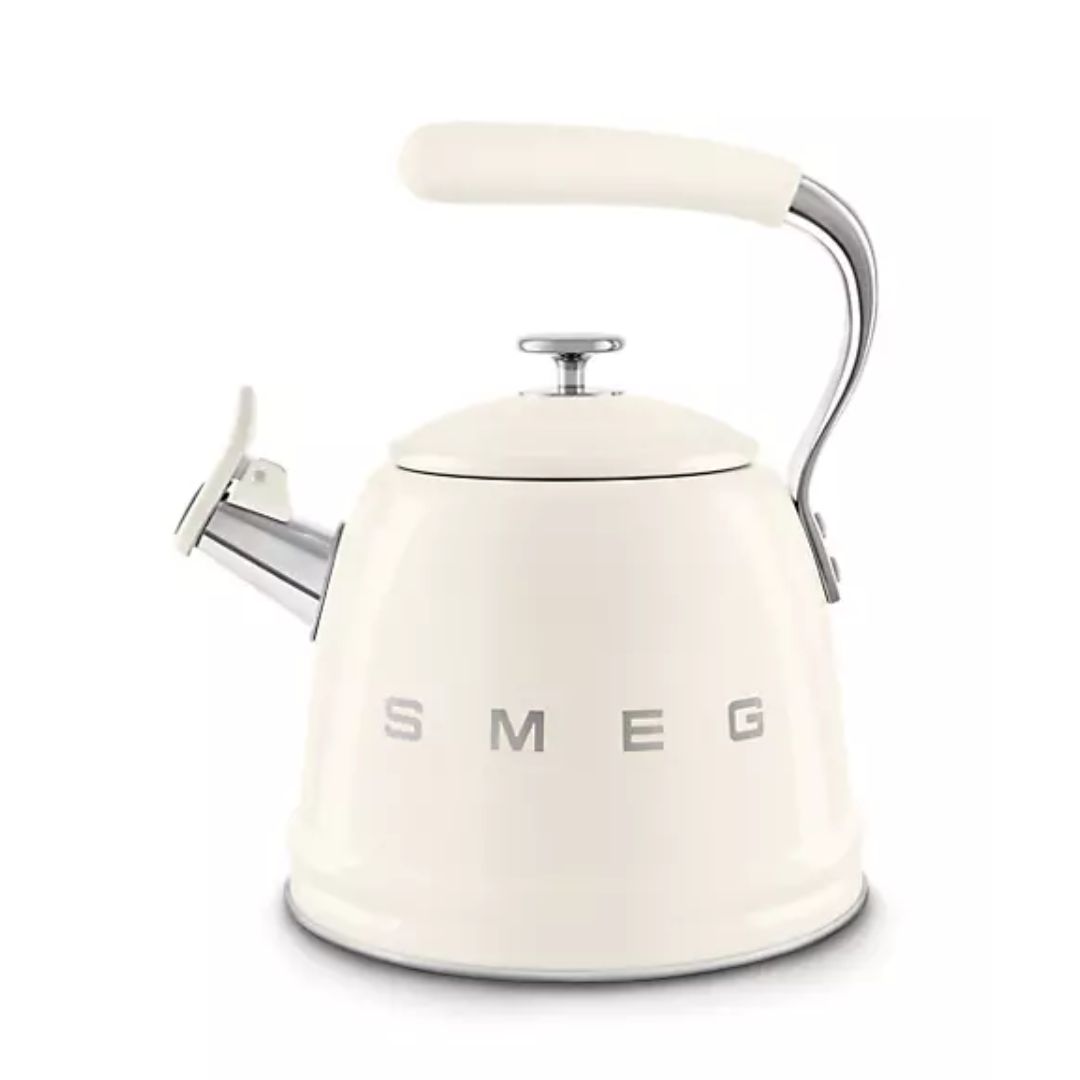Is the "Kitchen Work Triangle" Outdated? Experts Offer a Verdict, and Alternatives to This Ubiquitous Layout
This decades-old concept was intended to streamline cooking and cleaning processes. But is it still relevant in the modern kitchen? Let's find out

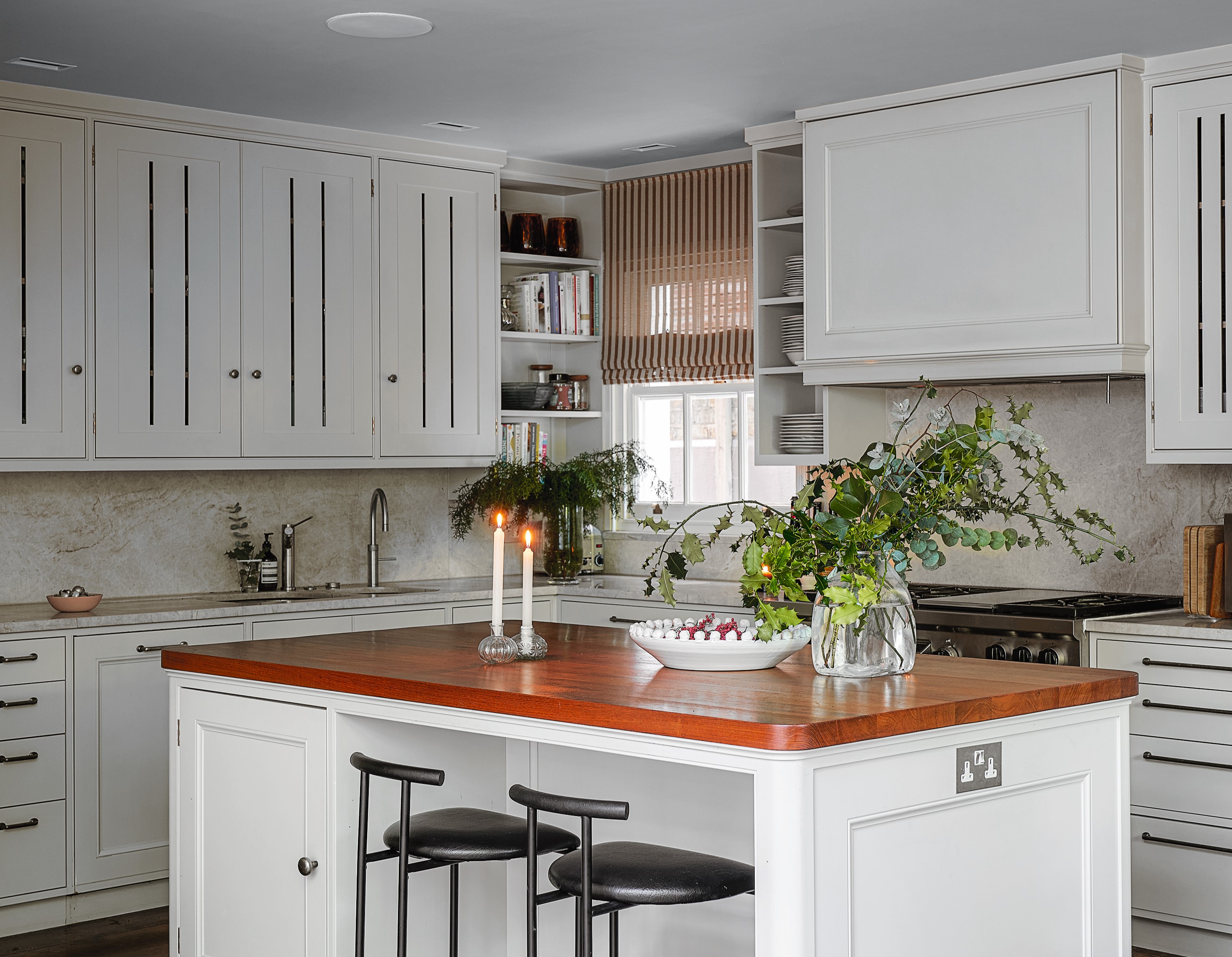
For a long time, traditional kitchens were designed in a triangular format. And, all designs had three clear sides——the fridge, the oven, and the sink. This set-up allowed for a more efficient, accessible workspace. But the new-age, 21st-century kitchen has changed from a cooking place to a gathering place. Plus, there are several, unconventional layouts at play. The size, and purpose of this space has changed too. So, is the kitchen work triangle still a good design model?
To answer this question, we reached out to top designers. Here's what they had to say, and their suggestions on a modern kitchen layout that may be a better bet.
Is the Kitchen Work Triangle Outdated?

Interior designers largely agree that this once revolutionary kitchen work triangle isn't completely irrelevant. Those building homes could still consider this concept when remodeling a kitchen.
'The kitchen triangle, or 'work triangle' was developed by the University of Illinois School of Architecture in the early 20th century,' says Meredith Owen of Meredith Owen Interiors. 'The researchers discovered the importance of arranging the stove, sink, and refrigerator in a triangular layout to optimize workflow. Some designers and architects still use the work triangle when designing kitchens today, so I wouldn't say it's totally irrelevant.'
'I think its relevance depends on the size of your kitchen and the potential of the layout,' says Kristen Pena of K Interiors. 'You need to consider where elements like plumbing, gas, and electrical are located, as well as the placement of windows and doors. In this San Francisco jewel box kitchen, we prioritized placing the sink under the window to maximize the view and natural light. We chose to center the range on the largest wall for aesthetics.'
In what type of kitchens is it hard to design a work triangle?

The needs and layouts of modern homes have changed. Small apartment kitchens usually feature one wall, open floor plan. This design alters the dynamics of a work triangle.
'Today as a standard, kitchens have a microwave, dishwasher, large fridges and freezers, wall ovens, etc, so it becomes difficult to focus only on the fridge, sink, and stove while designing the space,' says Jane Lockhart, founder of Jane Lockhart Design.
The Livingetc newsletters are your inside source for what’s shaping interiors now - and what’s next. Discover trend forecasts, smart style ideas, and curated shopping inspiration that brings design to life. Subscribe today and stay ahead of the curve.
'This concept cannot be used to its full efficiency if there are multiple cooks in the kitchen,' says Laura Williams, founder of ATX Interior Design. 'It could force them to step on each other's toes a bit.'
Also, kitchen islands have become the hub of this space. These provide versatility as prep areas, dining spaces, and social hubs. These add valuable workspace and storage and can disrupt the traditional work triangle by introducing new pathways and focal points.
What's replacing the kitchen triangle?
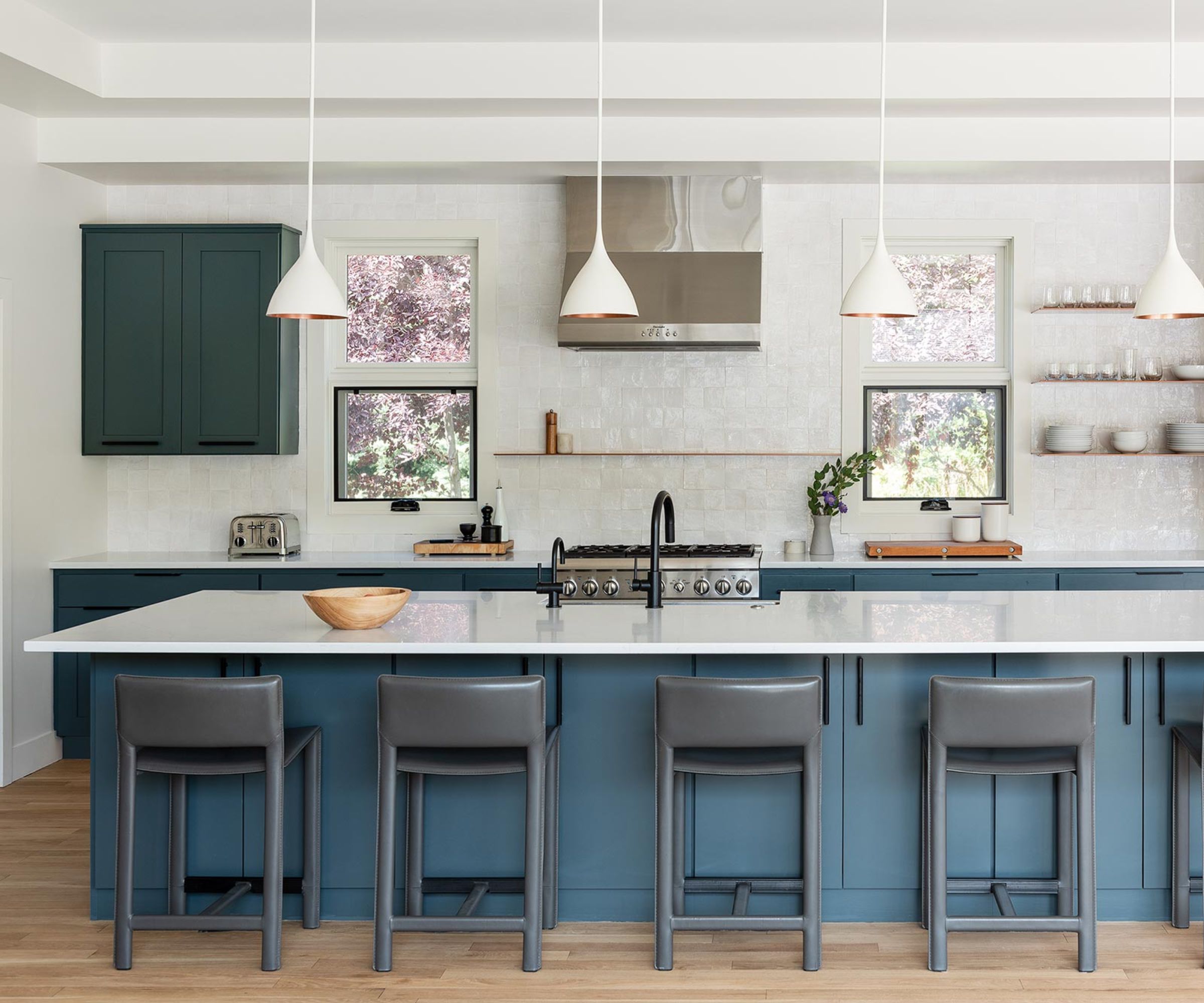
'Having a conventional work triangle can be hard in many instances, as very few rooms will give you the opportunity to design a perfect equilateral kitchen triangle,' says Kristen. 'But you don’t have to throw out the concept completely. You may need to look for more acute or obtuse angles for the layout.'
Another approach gaining popularity is the concept of work zones. The kitchen layout divides the entire space into different zones for specific tasks, and each zone functions independently within the broader kitchen space, in turn creating a more organized workflow. Think of a 'consumable zone' where the refrigerator, freezer, and pantry are within one working area. Similarly, the 'cook zone' features the stove, oven, microwave, and toasters in one dedicated spot. This system is perfect for kitchens with multiple cooks and allows you to cook, clean, and socialize simultaneously.
This concept also encourages the effective organization of the space so that cleanup is quick and easy.
3 design-savvy products to add to your kitchen

Aditi Sharma Maheshwari started her career at The Address (The Times of India), a tabloid on interiors and art. She wrote profiles of Indian artists, designers, and architects, and covered inspiring houses and commercial properties. After four years, she moved to ELLE DECOR as a senior features writer, where she contributed to the magazine and website, and also worked alongside the events team on India Design ID — the brand’s 10-day, annual design show. She wrote across topics: from designer interviews, and house tours, to new product launches, shopping pages, and reviews. After three years, she was hired as the senior editor at Houzz. The website content focused on practical advice on decorating the home and making design feel more approachable. She created fresh series on budget buys, design hacks, and DIYs, all backed with expert advice. Equipped with sizable knowledge of the industry and with a good network, she moved to Architectural Digest (Conde Nast) as the digital editor. The publication's focus was on high-end design, and her content highlighted A-listers, starchitects, and high-concept products, all customized for an audience that loves and invests in luxury. After a two-year stint, she moved to the UK and was hired at Livingetc as a design editor. She now freelances for a variety of interiors publications.
